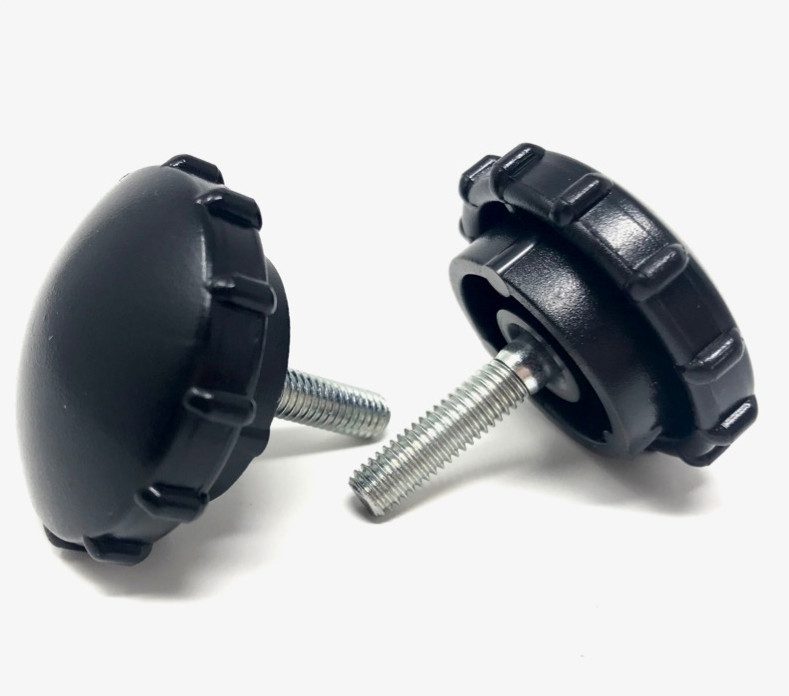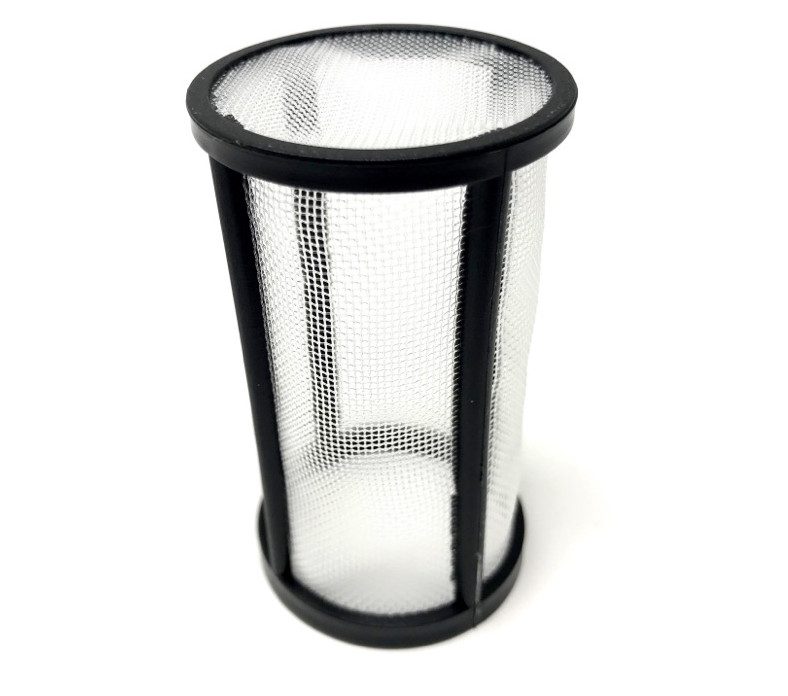Moulding >
Insert Moulding
What is Insert Moulding?
Insert moulding creates a completed part from the moulding or a thermoplastic around an (often metal) insert. Commonly insert moulded parts include dials, metal threads and electronic housings.
Insert moulding is often used instead of secondary assembly and can be a more time and cost-effective method, it often adds strength to a product and can reduce weights compared to an entirely metal counterpart.


Insert Moulding Filters
BEC design and manufacture a wide range of insert moulded custom products, creating bespoke filters with mesh and insert moulding as one component for added strength and durability.
Our approachable team are happy to advise through all stages of the insert moulding process, from design, through material selection, tolerance mould manufacture, testing right through to manufacturing.
Our dedicated filters block complete with state of the art machinery allows BEC to remain flexible, available and time critical, manufacturing filters to meet clients exacting requirements.
For further information or a
no-obligation quotation simply
contact us today.
Projects
Frequently Asked Questions
Why choose insert moulding for your project?
If your project involves combining plastic and non-plastic parts- typically in handles, surgical instruments or consumer electronics then insert moulding Is probably your best bet. Insert moulded parts can be incredibly strong, lightweight, and reduce assembly costs.
What's the difference between over moulding and insert moulding?
Over moulding (sometimes called two shot moulding) involves first moulding a substrate or base component, once this has cured a second layer is moulded on top of the first to produce a single part.
Insert moulding on the other hand is a one-shot moulding, molten plastic is injected around a metal insert to produce a part such as a dial or screwdriver.
What materials are used in insert moulding?
Most thermoplastics can be insert moulded. Commonly nylon, ABS, polyethylene, and polystyrene are used- but even silicone can be insert moulded.
Brass or stainless-steel inserts are usually used for the inserts due to their durability; however plastic inserts can also be used.
What are the advantages?
Insert moulding can eliminate the need for secondary assembly operations – saving you time and money. Insert moulding can also improve the strength and durability of a moulding as it’s all made in one piece.
What are the limitations?
- Labour costs can be higher if the inserts are manually loaded.
- Cycle times can also be higher when inserts are manually loaded.
- Certain materials can be prone to shrinking and cracking around the insert.








